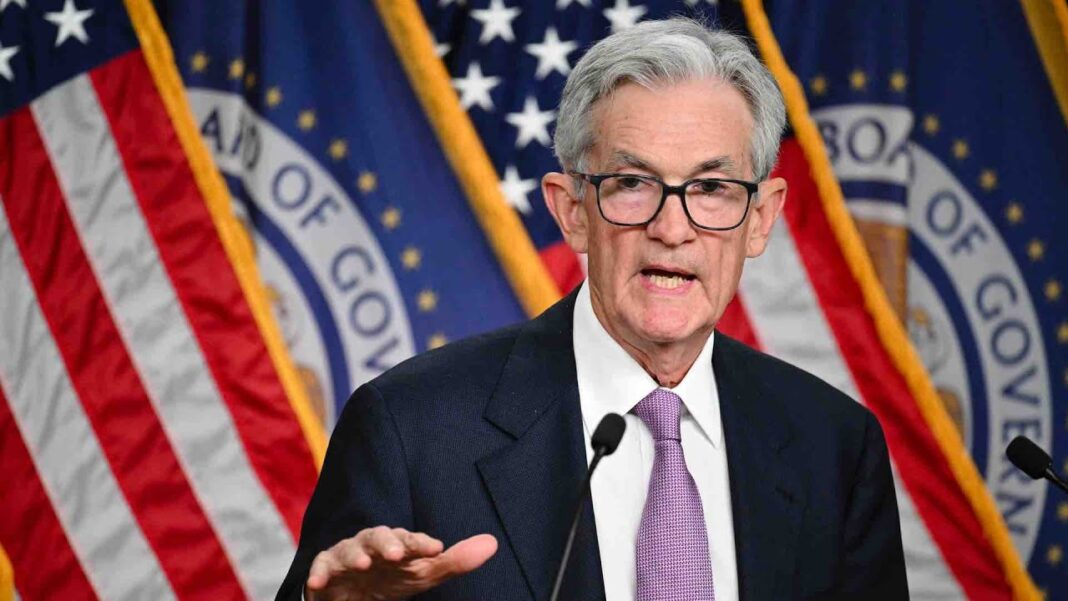The U.S. central bank says the U.S. economy remains solid but the outlook has ‘diminished.’
The Federal Reserve kept interest rates unchanged for the fourth straight meeting on June 18, a decision that financial markets widely expected.
The U.S. central bank left the benchmark federal funds rate—a key policy rate that influences consumer borrowing costs and the U.S. government’s debt-servicing payments—at a range of 4.25 to 4.5 percent.
Officials say that economic activity and labor market conditions remained “solid,” adding that inflation continues to be “somewhat elevated.”
“Uncertainty about the economic outlook has diminished but remains elevated,” the Federal Reserve said in a post-meeting statement.
At the end of the June policy meeting, the Fed released updates to the Summary of Economic Projections, a quarterly survey of officials that forecasts the economy and monetary policy.
Federal Reserve Board members and regional central bank presidents still anticipate two interest rate cuts this year, with the median federal funds rate expected to finish 2025 at 3.9 percent.
Median forecasts signal higher interest rates than expected over the next two years. In 2026, the key rate is penciled in to be 3.6 percent, up from the March update of 3.4 percent. In 2027, the policy rate is projected to be 3.4 percent, up from 3.1 percent.
The Fed expects economic growth to slow to 1.4 percent this year and 1.6 percent in 2026, down from its March estimates of 1.7 percent and 1.8 percent, respectively.
On the labor front, the unemployment rate is predicted to rise to 4.5 percent this year, slightly above the previous forecast of 4.4 percent.
Officials also believe inflation will be higher. The Personal Consumption Expenditures (PCE) price index, which is the institution’s preferred inflation measure, is expected to rise to 3 percent. Core PCE, which strips out the volatile energy and food categories, could rise to 3.1 percent.
Policymakers had projected in March that PCE and core PCE would climb to 2.7 percent and 2.8 percent, respectively.
By Andrew Moran








